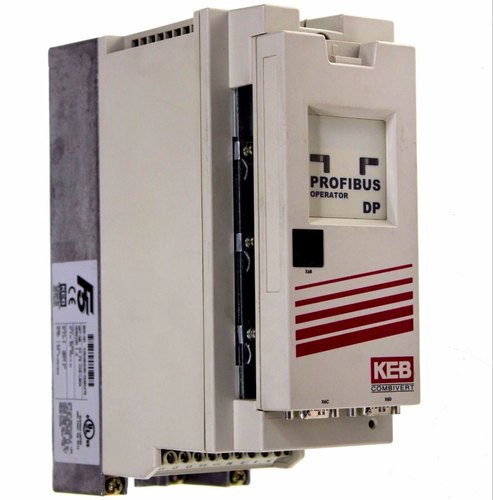Posted on 6th Mar 2023
What should be taken into account first when maintaining medium voltage VFDs?

According to CM Industry Supply Automation, almost all businesses invest a lot of effort and money into building up their safety procedures, programmes, and protections.
But, these same businesses won't think twice about sending an unqualified inside technician to work on machinery that could seriously hurt someone.
My observations show that this is not a result of a deliberate attempt to be unsafe, but rather a simple ignorance of the potential risks associated with the profession.
There are several factors to take into account when attempting to undertake electrical maintenance, even though threats vary from site to site and application to application.
Because medium voltage (MV) equipment is typically poorly understood, there are increased risks for people who are not familiar with how it operates.
However, working with switchgear, VFD, or other live equipment can be exceedingly dangerous if the person is not properly trained and equipped with the right PPE for the activity. Even low voltage arc flash events can result in a more intense event than a lightning strike.
A safe working environment for both the equipment and your staff will be ensured by properly Locked out / Tagged Out equipment that has been proved to be de-energized.
An unqualified person should never undertake maintenance on or get access to Medium Voltage equipment.
What are the VFDs' recommended service and maintenance intervals?
Variable Frequency Drive maintenance plans should be created and implemented with a few important factors in mind.
Importance of the operation
Downtime costs (do to failure)
Environmental cleanliness VFD
Appropriately scaled and created for the use
It is usually advised to carry out at least two levels of maintenance:
(1) Depending on the environment and operational conditions, weekly, monthly, or quarterly inspections.
As there is no need to access the drive internals or live components, it can be done by an operator or an electrician.
(2) Annually complete system inspections, cleanings, and functional testing.
Usually only be carried out by those who have been properly taught and are qualified.
Ensure that every power connection is thoroughly inspected for symptoms of heat damage or loose connections.
Check that all power and control connections are properly tight.
Cleaning of all electrical parts to guarantee appropriate cooling or ventilation
Check the continuity and proper connections of any power fuses.
Make sure the fan is working freely, without obstructions, and without any visible or audible issues.
To find any unusual discolouration or loose connections, thoroughly inspect all control connections and printed circuit boards (PCBs).
Check that all fibre optic cables and connectors are connected properly.
Make sure there is no trash, dirt, or foreign substance on any heat sinks.
Programming, parameter settings, and full operations verification
Test the motor and cables using a megger at the very least to confirm the integrity of the insulation to the ground.
When will a factory-trained and approved technician be required for equipment warranty work?
Many devices need to be installed by a factory-approved technician in order to validate a warranty or extend the standard guarantee period.
When a technician they have educated and trusted began the product, manufacturers frequently increase or triple the warranty.
Even some warranties call for routine preventative maintenance by the same specialists.
The expense of a specialist can frequently pay for itself over time because maintaining future issues under warranty stops them from developing into costly concerns.